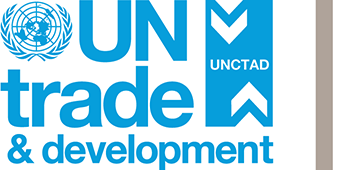CNIPA vs Jiangsu and High-tech Research Institute of Nanjing University: 2020 SPC IP Admin. Final 35
In this case, the SPC established an adjudicative standard for identifying common technical knowledge (CTK) and its evidence in the relevant technical field. The identification of CTK as well as evidence of CTK may determine the technical knowledge and cognitive capability that so-called persons skilled in the art shall possess, and, hence, is of significant influence on inventiveness assessment at issue.
